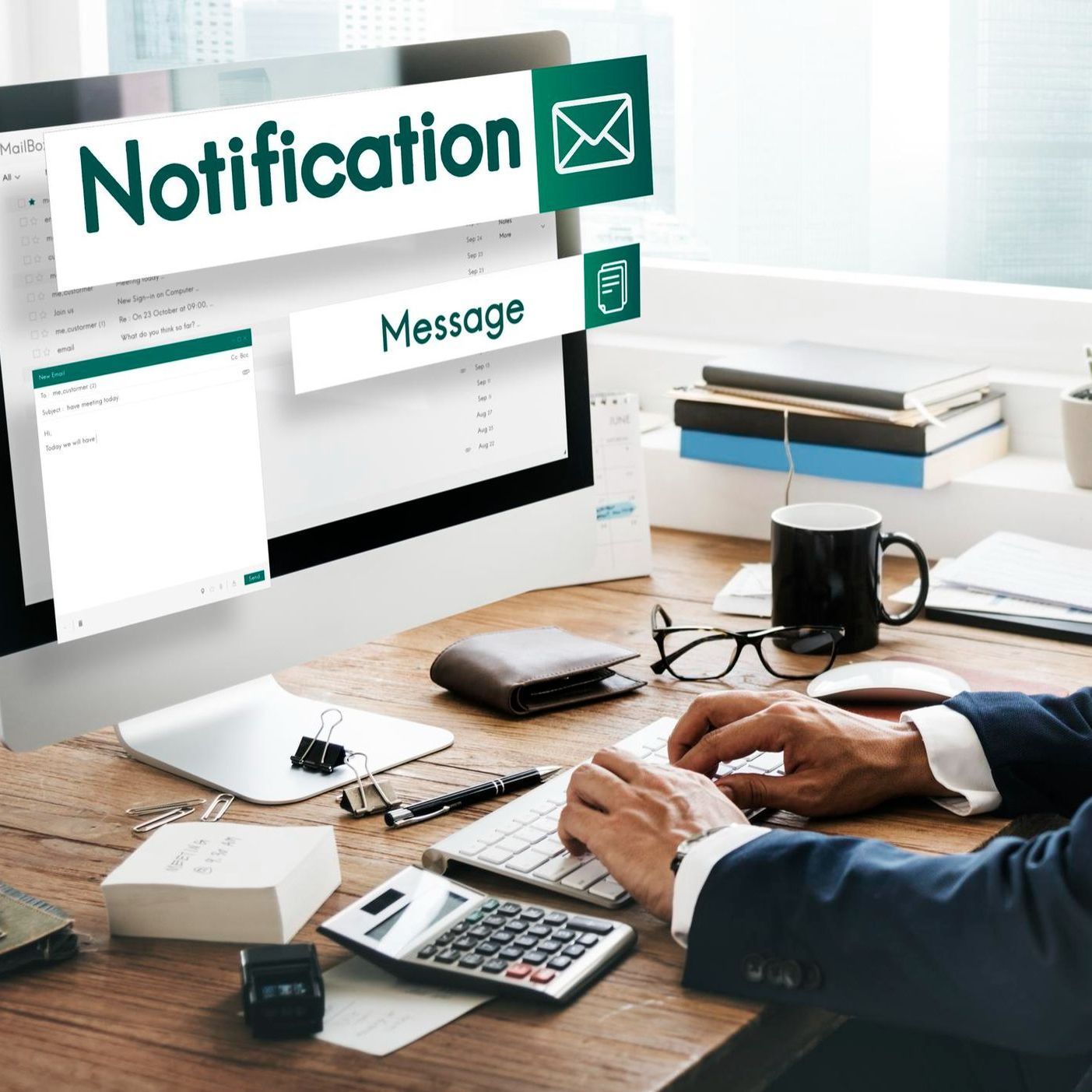Maximizing the Impact of Email Marketing: Tips and Tricks from the Experts

We'll delve into the world of email marketing and uncover valuable insights from industry experts. We explore various strategies and techniques to help businesses boost the effectiveness of their email campaigns and drive better results. From optimizing subject lines and crafting compelling content to segmenting email lists and personalizing messages, we provide actionable tips that can significantly enhance open rates, click-through rates, and overall engagement. Additionally, we discuss the importance of A/B testing, email automation, and leveraging analytics to refine email marketing strategies.
Understanding the importance of email marketing
Email marketing is a powerful tool that directly connects businesses with their target audience. It provides a cost-effective way to reach many people and can yield impressive returns on investment. Businesses can nurture relationships and drive conversions by building a strong email list and delivering valuable content to subscribers.
However, it's essential to understand that email marketing requires careful planning and strategy. Simply sending out mass emails without considering the recipient's needs and preferences can result in low open rates and high unsubscribe rates. That's why it's crucial to follow best practices and leverage expert insights to maximize the impact of your email marketing efforts.
Best practices for email marketing
- Building a strong email list: One of the foundational elements of successful email marketing is having a high-quality email list. This means collecting email addresses from individuals who have expressed genuine interest in your products or services. Avoid purchasing email lists or adding people without their consent, as this can damage your reputation and result in spam complaints.
- Segmenting your email list: Segmenting your email list involves dividing your subscribers into smaller groups based on specific criteria such as demographics, interests, or previous interactions. This allows you to tailor your messages to each segment's unique needs and preferences, resulting in higher engagement and conversion rates.
- Creating compelling subject lines: The subject line is the first thing recipients see when they receive an email, so it's crucial to make it captivating and enticing. A well-crafted subject line can entice subscribers to open your email and engage with your content. Experiment with different approaches, such as using personalization, asking questions, or creating a sense of urgency.
- Designing visually appealing emails: A visually appealing email is more likely to grab the recipient's attention and encourage them to read further. Use a clean and professional design that reflects your brand identity. Incorporate images, infographics, and other visual elements to make your emails visually appealing and engaging.
- Personalizing emails for better engagement: Personalization is a powerful technique that can significantly improve email engagement. Address subscribers by their names and use dynamic content to tailor emails based on their preferences and behavior. This level of personalization shows that you value your subscribers as individuals and increases the likelihood of them taking the desired action.
Optimizing email content
- Writing effective email copy: The quality of your email copy plays a crucial role in determining the success of your email campaigns. Write clear, concise, and persuasive copy that grabs the reader's attention and encourages them to take action. Use compelling storytelling and highlight the benefits of your products or services.
- Incorporating relevant visuals and multimedia: Adding relevant visuals and multimedia elements to your emails can make them more engaging and memorable. Consider including product images, videos, or GIFs that demonstrate the value of your offerings. However, ensure that the visual elements enhance the message and don't distract or overwhelm the reader.
- Using clear and concise call-to-actions: Your call-to-action (CTA) is the key element that directs subscribers to take the desired action, such as purchasing, signing up for a webinar, or downloading an e-book. Make sure your CTAs are clear, concise, and visually distinct. Use action verbs and create a sense of urgency to prompt immediate action.
- Adding social sharing buttons: Include social sharing buttons in your emails to encourage recipients to share your content with their networks. This can help extend your reach and attract new subscribers. Make it easy for readers to share your emails by prominently placing social sharing buttons and providing pre-populated messages they can share.
- Implementing A/B testing: A/B testing involves comparing two versions of an email to determine which one performs better. Test different elements such as subject lines, CTAs, visuals, or email layouts to identify the most effective combination. Use the insights gained from A/B testing to optimize your future email campaigns.
Avoiding common email marketing mistakes
- Overloading subscribers' inboxes: Sending too many emails can overwhelm subscribers and lead to high unsubscribe rates. Find the right balance by sending emails at a frequency that provides value without being excessive. Pay attention to subscriber feedback and adjust your email frequency accordingly.
- Sending emails without proper testing: Before sending out an email campaign, it's essential to thoroughly test its appearance and functionality across different devices and email clients. This ensures that your emails are displayed correctly and that all links and CTAs work as intended.
- Ignoring email analytics: Email analytics provide valuable insights into your email campaign's performance. Track metrics such as open rates, click-through rates, conversion rates, and unsubscribe rates to understand how well your emails are resonating with your audience. Use this data to make data-driven decisions and refine your email marketing strategies.
- Spamming and misleading practices: Engaging in spamming or misleading practices can damage your brand's reputation and result in negative consequences. Always comply with email marketing regulations, including obtaining consent from subscribers, providing a clear unsubscribe option, and honoring opt-out requests promptly.
- Not following email marketing regulations: Email marketing is subject to various regulations, such as the CAN-SPAM Act in the United States and the GDPR in Europe. Familiarize yourself with these regulations and ensure that your email marketing practices comply with the applicable laws.
Maximizing email deliverability and open rates
- Using double opt-in for subscribers: Implementing a double opt-in process ensures that subscribers have confirmed their email addresses and explicitly expressed their consent to receive emails from you. This helps maintain a high-quality email list and reduces the chances of your emails being marked as spam.
- Managing email bounce rates and unsubscribes: Regularly monitor and manage your email bounce rates and unsubscribe rates. High bounce rates indicate issues with your email list quality or deliverability, while high unsubscribe rates may signal that your email content or frequency is not meeting subscribers' expectations. Take prompt action to address these issues and maintain a healthy email list.
- Improving email deliverability through authentication: Implement email authentication protocols such as SPF, DKIM, and DMARC to improve your email deliverability. These protocols help verify that your emails are legitimate and not spoofed or forged. Proper email authentication increases the chances of your emails landing in the recipients' inbox instead of being marked as spam.
- Implementing email list hygiene practices: Regularly clean your email list by removing inactive or disengaged subscribers. This ensures that your emails are being sent to individuals who are genuinely interested in your content. Consider implementing re-engagement campaigns to win back inactive subscribers before removing them from your list.
- Utilizing email marketing automation tools: Email marketing automation tools can streamline your email marketing efforts and improve efficiency. These tools allow you to automate tasks such as email scheduling, personalization, segmentation, and follow-ups. By leveraging automation, you can deliver timely and relevant emails to your subscribers without manual intervention.
Measuring and analyzing email marketing performance
- Key metrics to track: When measuring the performance of your email campaigns, focus on key metrics such as open rates, click-through rates, conversion rates, and revenue generated. These metrics provide insights into the effectiveness of your campaigns and help you identify areas for improvement.
- Interpreting email open and click-through rates: Email open rates indicate how many recipients opened your email, while click-through rates show how many individuals clicked on a link within your email. Analyzing these rates can help you gauge the effectiveness of your subject lines, email content, and CTAs.
- The role of conversion tracking: Conversion tracking allows you to measure the number of subscribers who took the desired action, such as making a purchase or filling out a form, as a result of your email campaign. By tracking conversions, you can determine
Looking to add more content to your Marketing Strategy?
Click the Chat 💬 widget below and Let's Connect! 🙌🏻





